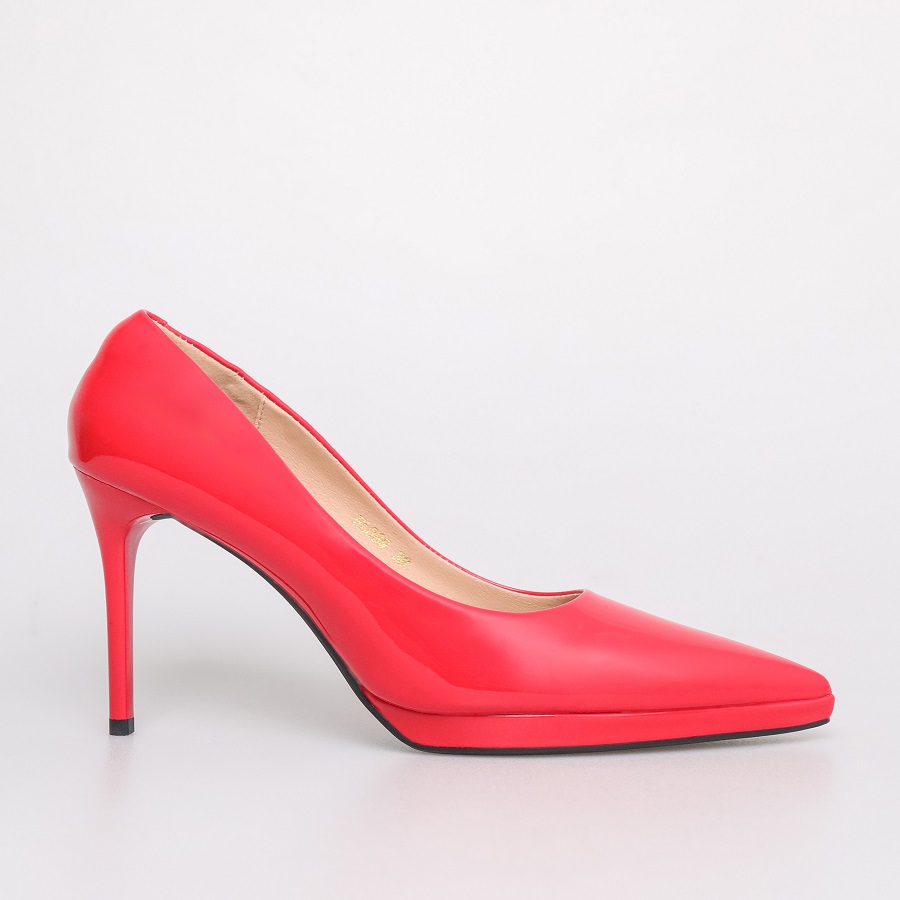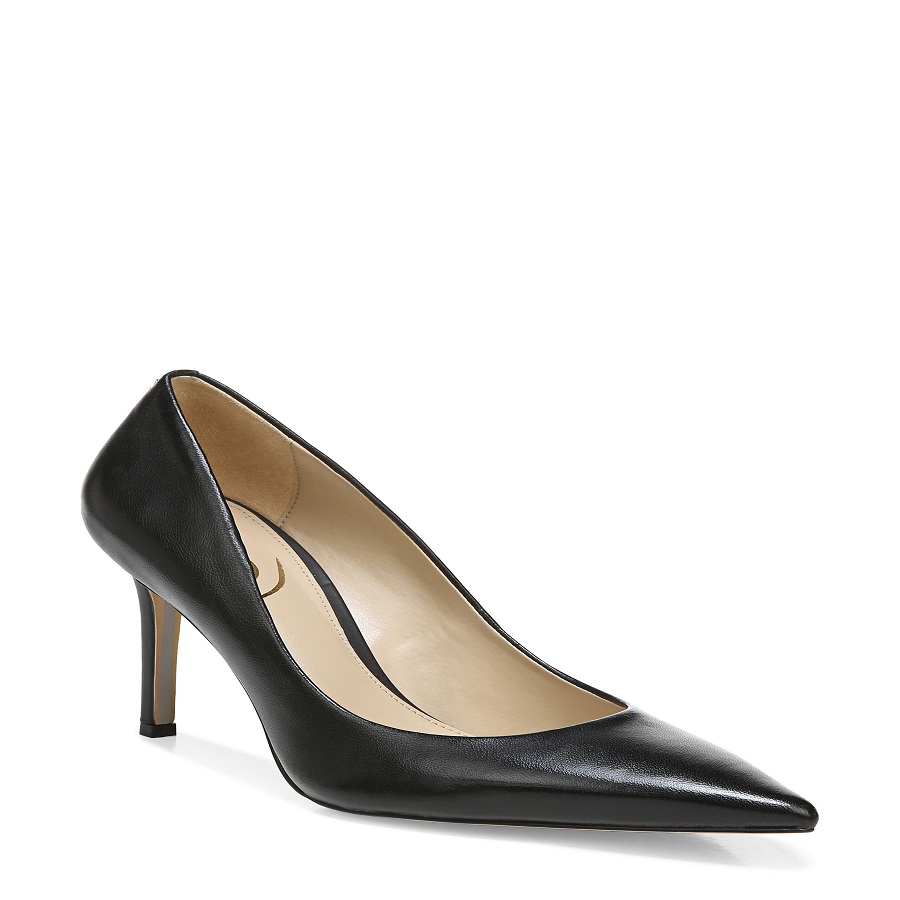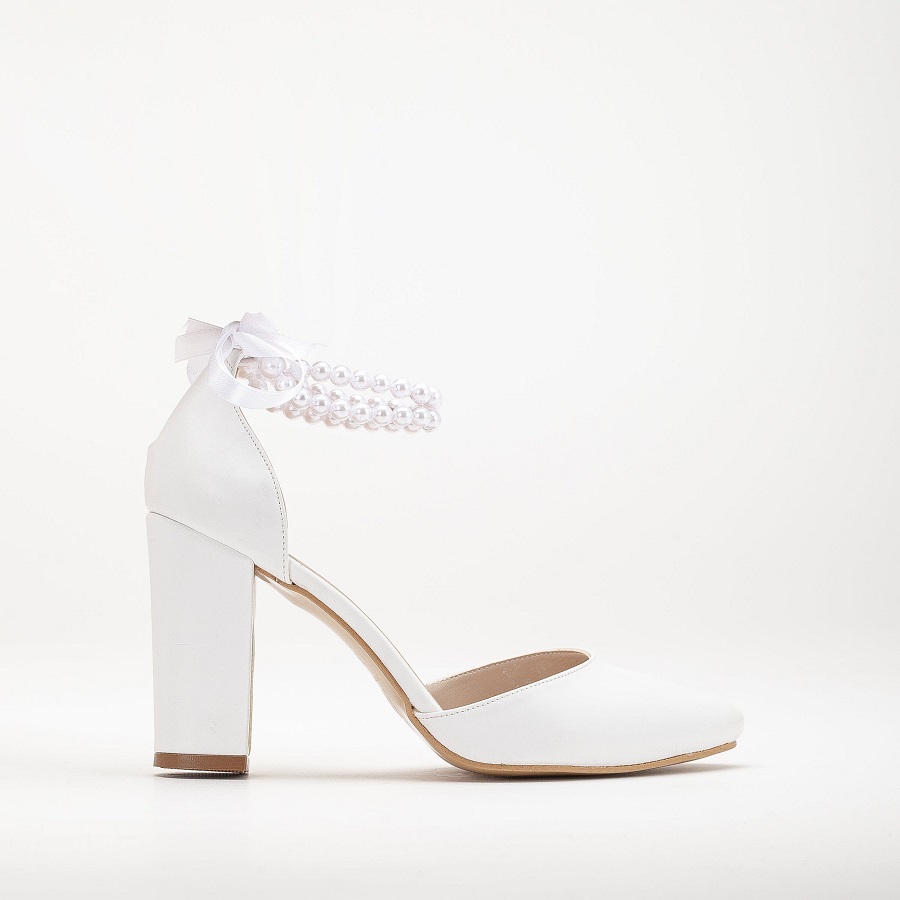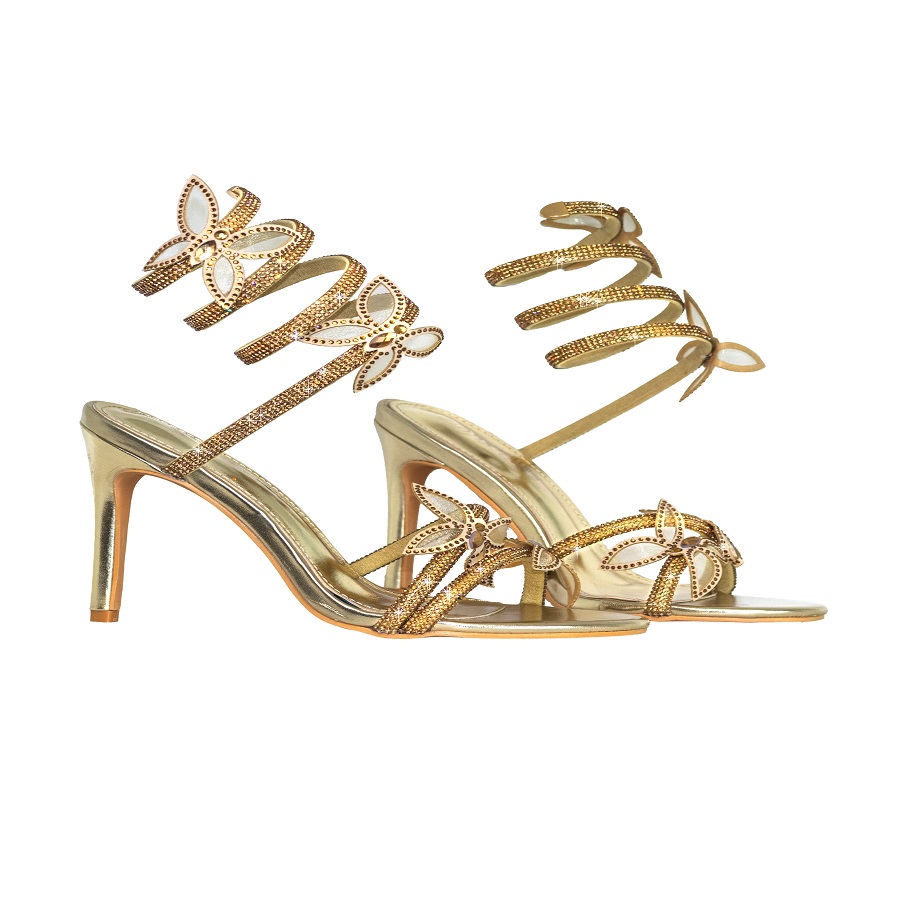The Surprising Origins of High Heels
Ancient Civilizations and Elevated Footwear
Who invented high heels – The story of high heels begins long ago. Ancient Egypt, around 3500 BCE, saw the first heels. They showed one’s social standing and were not for everyday use. In ancient plays, Greek actors wore thick-soled shoes called kothorni. These shoes spoke of one’s class on stage. Ancient Persian art depicts nobles in heels for riding. These early heels were symbols and tools, not fashion items.
The Role of Persian Cavalrymen
Persian soldiers pioneered heels for a key reason. In the 9th century, they wore heeled boots. This design helped them keep their feet in stirrups. It gave them stability while riding and fighting. This use spread to Europe by the 16th century. European men of status wore heels as a sign of their wealth and power. These heels were for function first but became fashion symbols later on.
 The Rise of High Heels in European Fashion
The Rise of High Heels in European Fashion
In Europe, high heels grew fashionable in the 16th century. Aristocrats used them to display wealth and status. Heels made their way from practical riding gear to a luxury item for the elite.
Aristocratic Symbolism in 16th Century Europe
During the 16th century, heels became a powerful symbol in Europe. Nobles wore them to show off high social rank. The higher the heel, the greater the wearer’s prestige. This trend spread quickly and became deeply rooted in European fashion.
The Influence of King Louis XIV on Heel Popularity
King Louis XIV made heels popular in France. He wore heels with red soles to show his power. His love for high-heeled shoes influenced court fashion greatly. Heels became more ornate and colorful during his reign.
 The Gender Shift in Heel Wearing
The Gender Shift in Heel Wearing
The wearing of high heels has moved through a gender shift over time. At first, men adopted heels for function and status. As fashion evolved, women became the primary wearers of high heels. This change has roots in both practical needs and social constructs.
Men as the Original High Heel Wearers
Men were the first to wear heels, starting with Persian soldiers. These heels helped them ride horses better. European men then used heels to show wealth and power. Over time, men stopped wearing heels due to shifts in society and fashion.
High Heels as Iconic Women?s Wear
Later, high heels became a woman’s fashion item. They signified femininity, style, and allure. Women’s wear of heels grew from opulent aristocratic shoes to varied modern designs. The stiletto, platform, and pump are all part of this iconic women’s wear today.
Cultural Impacts and Legalities of High Heels
High heels have deep cultural roots and have been influenced by laws. In some societies, the height of a person’s heels was once regulated. This tied heels to one’s social status. Heels were markers of wealth and power. As symbols, they showed a person’s position in society.
Sumptuary Laws and High Heels as Status Symbols
Sumptuary laws once controlled heel height. These laws aimed to keep social hierarchies visible. The taller the heel, the higher the rank it signalled. Only the wealthy could wear certain heels. This made high heels a clear sign of nobility.
The Decline and Resurgence of High Heels Through History
High heels fell out of favor during the French Revolution. They were linked to the disliked aristocracy. But in the 19th century, heels made a comeback. They took new shapes and became part of women’s fashion. Today, heels are popular again. They have survived changes in taste and function over centuries.
 The Heel in Artistic and Cultural Expression – who invented high heels
The Heel in Artistic and Cultural Expression – who invented high heels
High heels have left vivid marks across history, beyond mere fashion. Their forms and meaning evolved, mirroring social values and ideals. Here’s how heels have walked through art and culture.
High Heels in Renaissance Art
The Renaissance was a time of art that celebrated human achievement and beauty. Painters often used high heels to add grace and nobility to their subjects. These heels were not just shoes; they symbolized status and were art pieces themselves. Artists like Leonardo da Vinci painted high heels to show elegance and refinement.
Modern Art and the Symbolism of Heels
Today, high heels are more than just footwear. They are symbols in modern art, representing power, sexuality, and gender norms. Artists and photographers often use heels to challenge traditional views. Heels in modern art ask viewers to think about what these shoes mean in society. They spark conversations about gender, culture, and identity. For many, heels are powerful tools for artistic expression.
Technological Advancements and Heel Design – who invented high heels
Innovations in High Heels and Craftsmanship
Designers have long sought to blend art with wearability in high heels. In recent years, advancements in tech and materials have revolutionized heel design. New synthetic fabrics provide durability and flexibility, enabling more adventurous shapes. 3D printing now allows for custom-fit heels, molded to the wearer’s foot. Eco-friendly practices are on the rise, with recycled materials finding their way into stylish designs. We’ve seen the emergence of interchangeable heels, where one can adjust the height at will – a nod to practicality without sacrificing style. Such innovations are transforming the way we think about high heel craftsmanship.
The Engineering Challenges of High Heels
Designing high heels is a complex art. Engineers must consider balance, support, and weight distribution. The challenge lies in creating a heel that can support the body’s weight while ensuring comfort. This often involves precise calculations of arch height and heel thickness. Advances in footbed technology, with cushioning and arch support, are combating the traditional discomfort of high heels. Shoe designers collaborate with engineers to create heels that are not only fashion-forward but also promote better foot health. This delicate balance between function and fashion continues to push the boundaries of what’s possible in heel design.
High Heels and Their Role in Identity and Gender Discussion – who invented high heels
High heels have always been more than just shoes. They reflect and influence society’s views on identity and gender. Today, heels carry deep significance in discussions about self-expression and norms.
Drag Queens and the Reclamation of High Heels
Drag queens have taken high heels and turned them into symbols of defiance and empowerment. They wear heels as a proud statement against rigid gender rules. This reclamation highlights heels’ role in challenging and changing stereotypes.
Heels in drag performance are not just fashion. They become powerful tools. They help performers express creativity and blur gender lines. This reimagining has raised new respect for heels as versatile and meaningful wear.
Heels as a Statement in Modern Fashion and Gender Identity
In modern times, heels are a bold statement in fashion and identity talks. They’re seen on runways and streets, worn by people of all genders. Heels are no longer just women’s wear.
Designers are crafting heels for everyone. This broad appeal shows a shift in thinking. High heels have become a choice that defies gender boundaries. They are evidence of fashion’s evolving views on gender and self-expression.
The Future of High Heels – who invented high heels
As society evolves, so too does the role of high heels in fashion. Looking ahead, the future of high heels seems focused on marrying style with wellness. Designers face the challenge of crafting shoes that make a fashionable statement while being kind to the feet. Here, we dive into what’s next for this timeless footwear.
Balancing Style and Comfort
Comfort is now a key focus in high heel design. Heels are becoming more wearable, blending fashion with practicality. Padded insoles, ergonomic designs, and materials that give make today’s heels more bearable for longer periods. The future promises heels that feel as good as they look.
Brands are innovating, using data on foot anatomy to refine heel height, shape, and fit. Advances in technology mean custom-fit heels might soon be common. With 3D printing, designers can create heels tailored to an individual’s foot, reducing discomfort and the risk of injury.
Sustainable materials are another priority. Eco-friendly heels reduce fashion’s environmental footprint while maintaining style. The upsurge in sustainable designs shows a growing consumer interest in ethical fashion choices.
The Enduring Appeal of Heels in Fashion
Despite challenges, high heels have a lasting appeal. They are a mainstay on runways and in closets around the world. Heels continue to symbolize sophistication and sexuality, but their role is expanding.
Designers are now recognizing that comfort does not detract from glamour. They are crafting heels that people can wear with confidence and without pain. This shift acknowledges the diverse needs of modern wearers.
Heels have also become a platform for self-expression. As gender norms in fashion evolve, heels are worn by more than just women. They’re seen as a statement piece, an accessory that transcends traditional gender roles.
Finally, the timeless aesthetics of high heels secure their place in fashion. New designs offer a nod to the past while embracing the future, ensuring heels will captivate wearers for generations to come.
